Pramod Jain
Stochastic Sensitivity Analysis Using Fuzzy Influence Diagrams
Mar 27, 2013
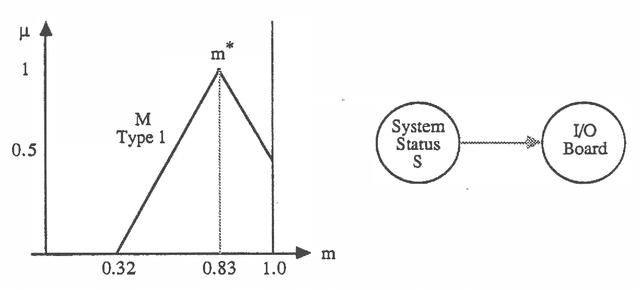
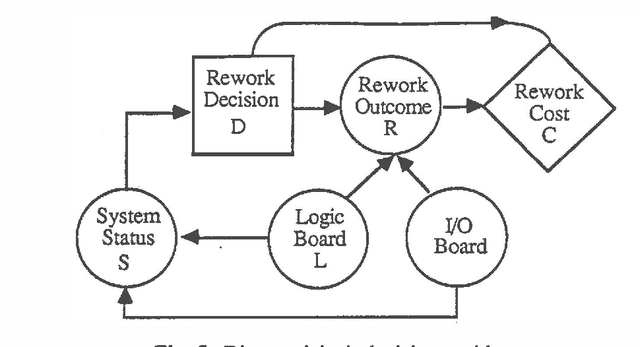
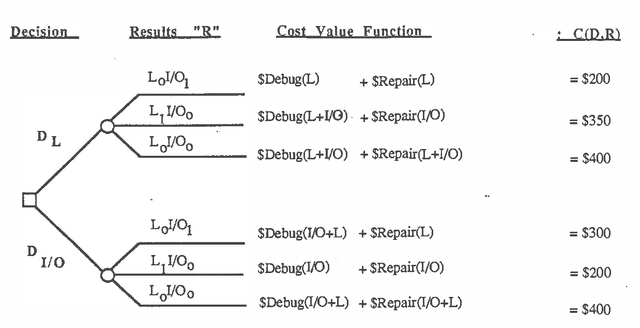
Abstract:The practice of stochastic sensitivity analysis described in the decision analysis literature is a testimonial to the need for considering deviations from precise point estimates of uncertainty. We propose the use of Bayesian fuzzy probabilities within an influence diagram computational scheme for performing sensitivity analysis during the solution of probabilistic inference and decision problems. Unlike other parametric approaches, the proposed scheme does not require resolving the problem for the varying probability point estimates. We claim that the solution to fuzzy influence diagrams provides as much information as the classical point estimate approach plus additional information concerning stochastic sensitivity. An example based on diagnostic decision making in microcomputer assembly is used to illustrate this idea. We claim that the solution to fuzzy influence diagrams provides as much information as the classical point estimate approach plus additional interval information that is useful for stochastic sensitivity analysis.
The Effects of Perfect and Sample Information on Fuzzy Utilities in Decision-Making
Mar 27, 2013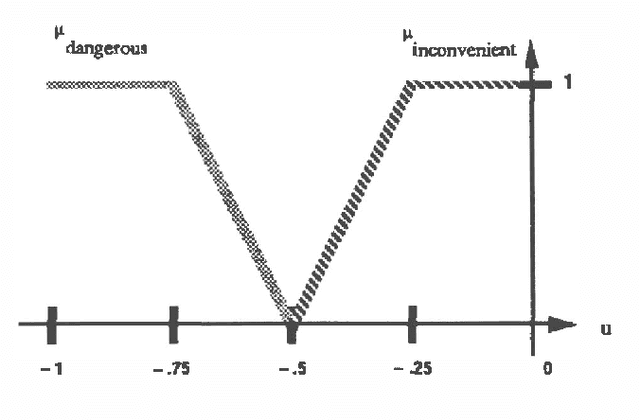
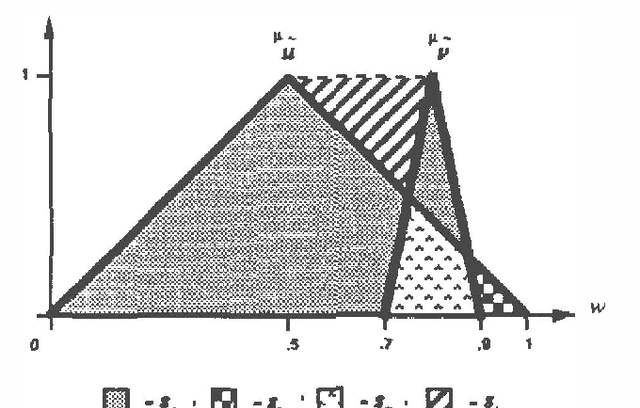
Abstract:In this paper, we first consider a Bayesian framework and model the "utility function" in terms of fuzzy random variables. On the basis of this model, we define the "prior (fuzzy) expected utility" associated with each action, and the corresponding "posterior (fuzzy) expected utility given sample information from a random experiment". The aim of this paper is to analyze how sample information can affect the expected utility. In this way, by using some fuzzy preference relations, we conclude that sample information allows a decision maker to increase the expected utility on the average. The upper bound on the value of the expected utility is when the decision maker has perfect information. Applications of this work to the field of artificial intelligence are presented through two examples.
 Add to Chrome
Add to Chrome Add to Firefox
Add to Firefox Add to Edge
Add to Edge